IMPORTANT INFO: The car is currently in Italy but custom clearance and shipping to New York are included in the final selling price. Once payment is settled, e will take care at our own expenses of shipping the car with a container to the port of New York. Customs clearance will also be at our expense and a full set of original documents will be provided to insure a quick registration with the US DOT. The buyer will only have to take care of shipping from our warehouse in New Jersey to the final destination in the US. Delivery time to New Jersey is estimated to be between 20 to 30 days from payment. We will be glad to provide quotes for shipping in Europe, outh America, apan, sia, nd Australia. Just send us an email. We accept payments through PayPal, r bank wires. Lancia Fulvia Sport Zagato 1.3 S (wikipedia)As had already happened to the Appia, lavia and Flaminia, he Lancia Zagato gave the commission to make the sport version, ith aluminum body and aerodynamic, he Fulvia.Designed by Ercole Spada, he Fulvia Sport had a line with very modern and sleek fastback tail (although, n balance, ess elegant than that of Castagnero Coupe). Launched in 1965, he Sport Coupe had the same mechanics - except the axle ratio - but thanks to better aerodynamics reached higher top speed. Despite this was not hardly ever used in rallistiche competitions because of the greater sensitivity of the monocoque on which rested the aluminum body and the most suitable general characteristics for use on the track (where the Lancia, t the time, id not run) that the gravel roadsRather than on the technical evolution (which followed step by step, hat of the coupe), ne can distinguish the various "series" of Zagato on the basis of the material used for the bodywork. The Sport fact adopted a fully Peraluman body only between 1965 and 1967. In the period 1968-70 the body became steel, onnet, oors and door of the spare wheel Peraluman. The door was always steel on all versions. The evolution of mechanics and engines follows that of the Coupé, xcept for the 1231 cm³ engine.In 1970 it was adopted the mechanics of the second series on the latest 600 bodies of the first series. At the end of 1970, he body became fully Steel losing the moving parts of Peraluman, aving been slightly redesigned by Mittino to update the car functionally raising the pavilion for a less difficult access and widening fenders to accommodate larger tires. Even the opening of the bonnet has been changed incernierandola on the front, s they wanted the era security rules. Production ceased in 1972, fter the Zagato (which assembly busied himself on the model) had churned out about 6,183 copies. Interestingly, he origin of the craft Fulvia Sport has introduced an asymmetry in the fender shapes, symmetry is also preserved bodies on the second series.
Of particular historical interest and collectors is the defined set Competition, e the cars at the request of customers or of sports Lancia Racing Team, ere fitted with bodywork Peraluman lightened, ide and rear windows in Plexiglas, idened wheel arches and wheels Campagnolo 6J13. Although they were designed sports activity, he Competition were delivered with the standard engine (818 302 and 818 303 engines) and not under construction HF. Only on Sport in 1600 was used to shunt motor HF (second series), ut the HF logo appears, he car has the same structure of the contemporary 1,3s and Lancia never required the approval of the car for racing. In 1969 Maglioli and Pinto, board the prototype with Fulvia 001911 chassis, ngine and 5-speed gearbox 818,540, osted themselves absolute eleventh and early prototypes of the class at the 24 Hours of Daytona.The breakdown between the different versions is as follows:
Fulvia Sport Zagato 1.2 (80 hp) 818 132 202 units produced from 1965 to 1967Fulvia Sport Zagato 1.3 (87 hp) 818 332 1578 models produced from 1968 to 1970 (including approximately 700 with bodywork Peraluman)Fulvia Sport Zagato 1.3 S (93 hp) 818362: 1898 units produced from 1968 to 1970 (some have the body at the specific request of Peraluman)Fulvia Sport Zagato 1.3 S (90 PS) 818 650 second series 2600 models produced between 1970 and 1972 (of which 600 with housing first series)Fulvia Sport Zagato 1.6 S (115 hp) 818 750 800 units produced between 1971 and 1972
|
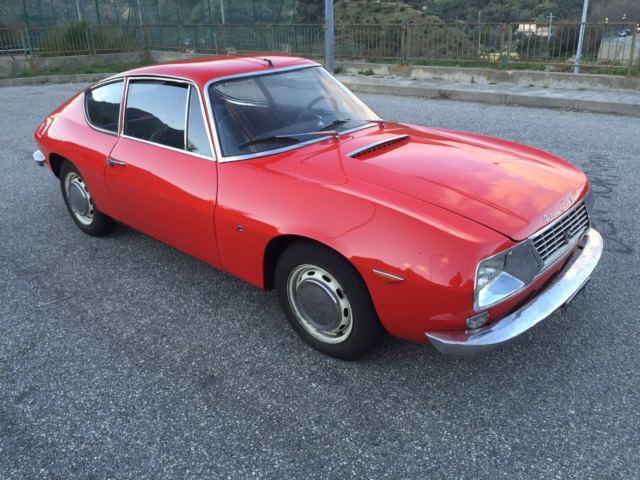
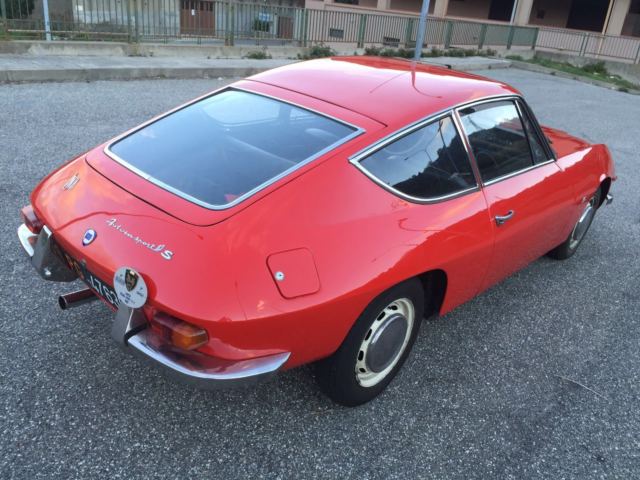
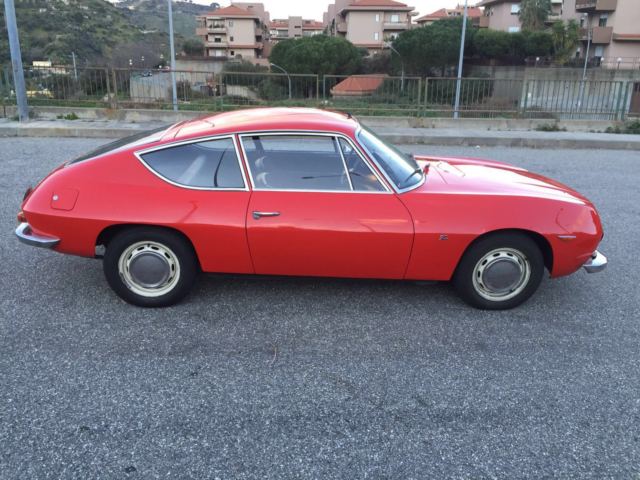
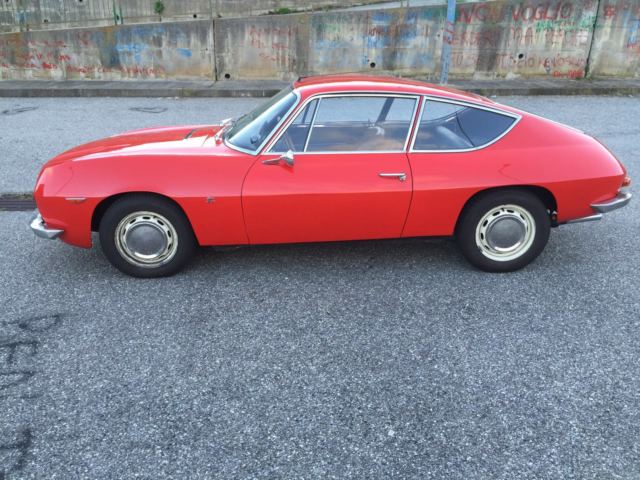
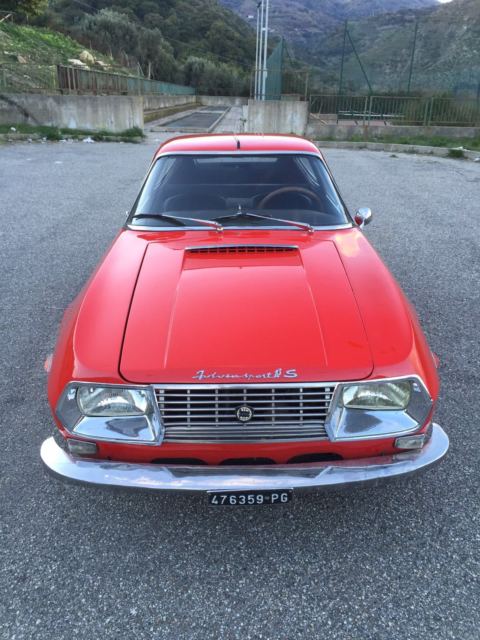
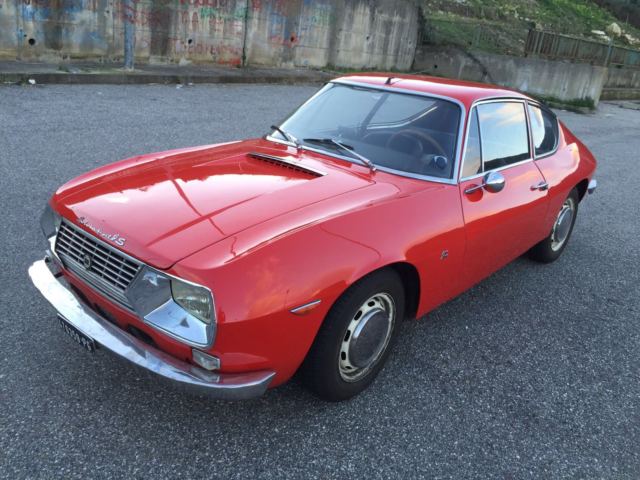
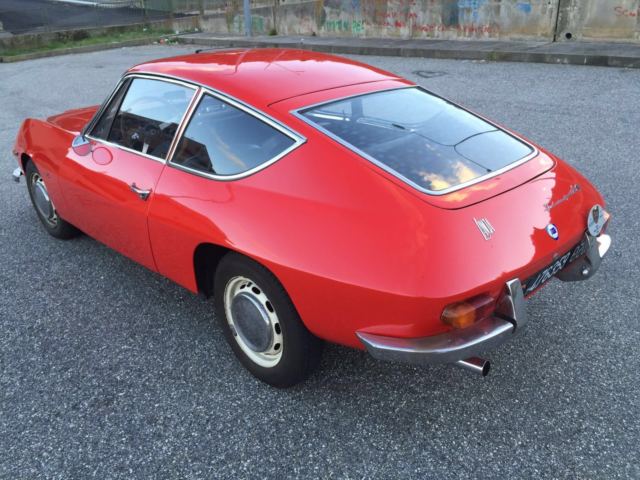
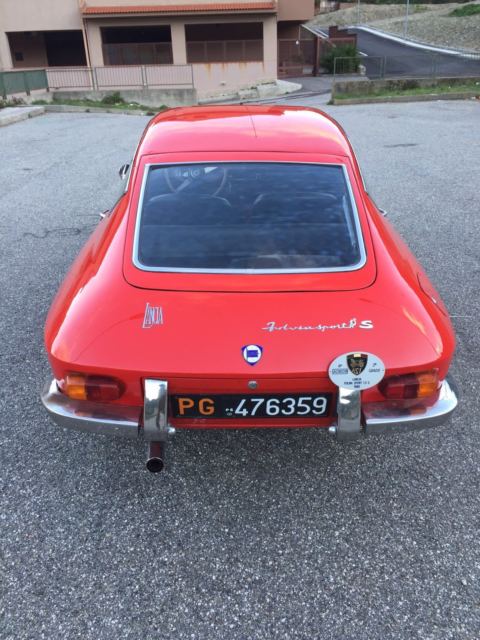
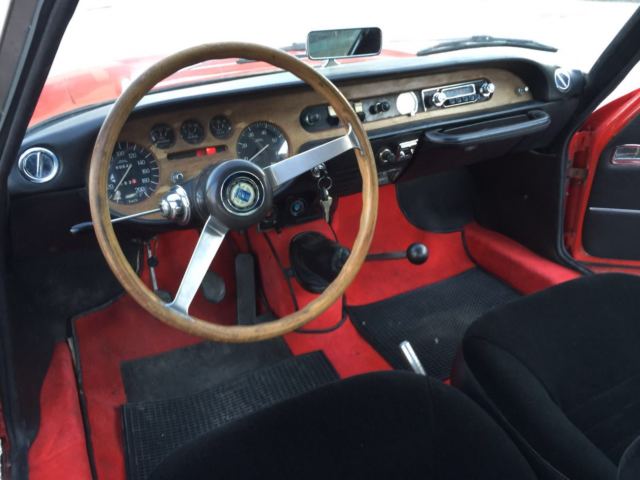
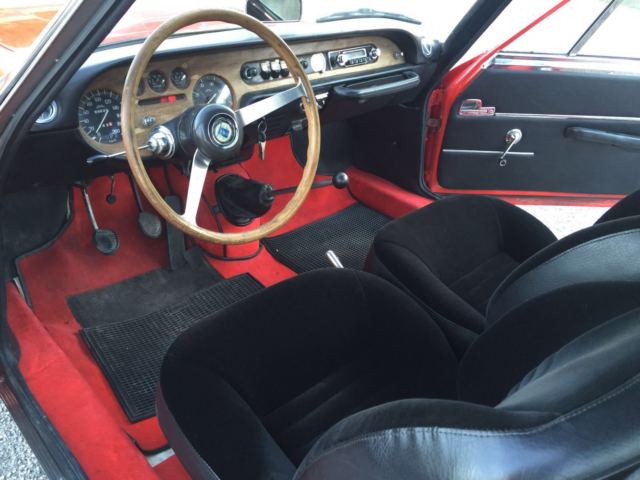

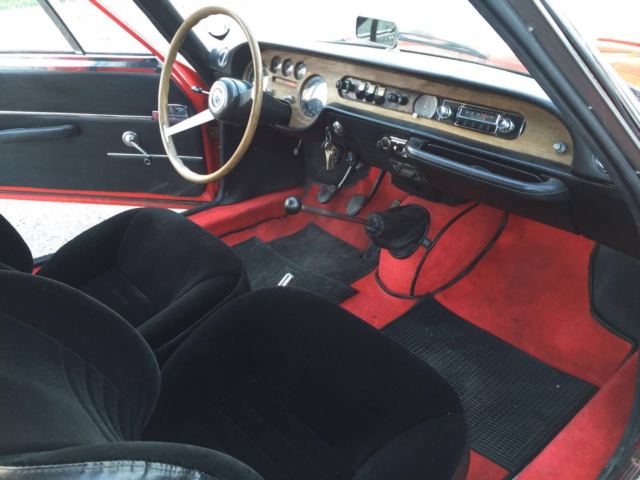
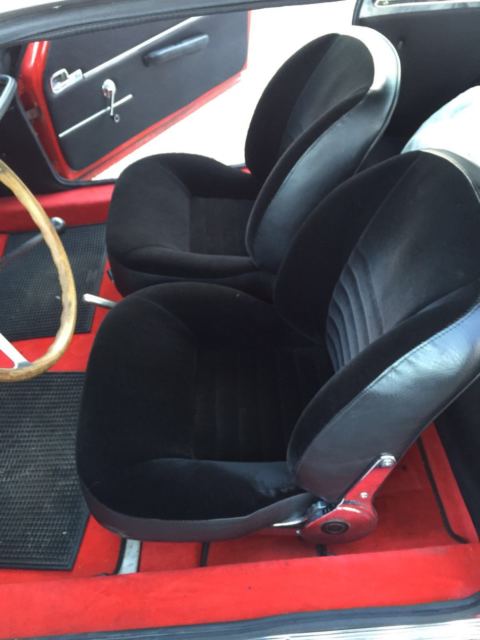
 1969 Lancia Fulvia Sport Zagato 1.3 S "Red Passion"
1969 Lancia Fulvia Sport Zagato 1.3 S "Red Passion"
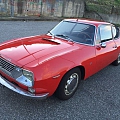 LANCIA FULVIA ZAGATO COUPE` - NO RESERVE!
LANCIA FULVIA ZAGATO COUPE` - NO RESERVE!
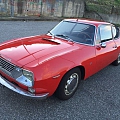 LANCIA FULVIA ZAGATO COUPE`. FERRARI, LAMBORGHINI, MASERATI, PORSCHE
LANCIA FULVIA ZAGATO COUPE`. FERRARI, LAMBORGHINI, MASERATI, PORSCHE
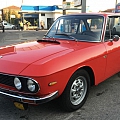 LANCIA FULVIA 1971 1,3S ALL SHIPPING AND CUSTOMS INCLUDED!!
LANCIA FULVIA 1971 1,3S ALL SHIPPING AND CUSTOMS INCLUDED!!
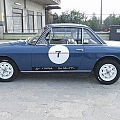 1974 Lancia Fulvia Coupe 1.3 S second series
1974 Lancia Fulvia Coupe 1.3 S second series